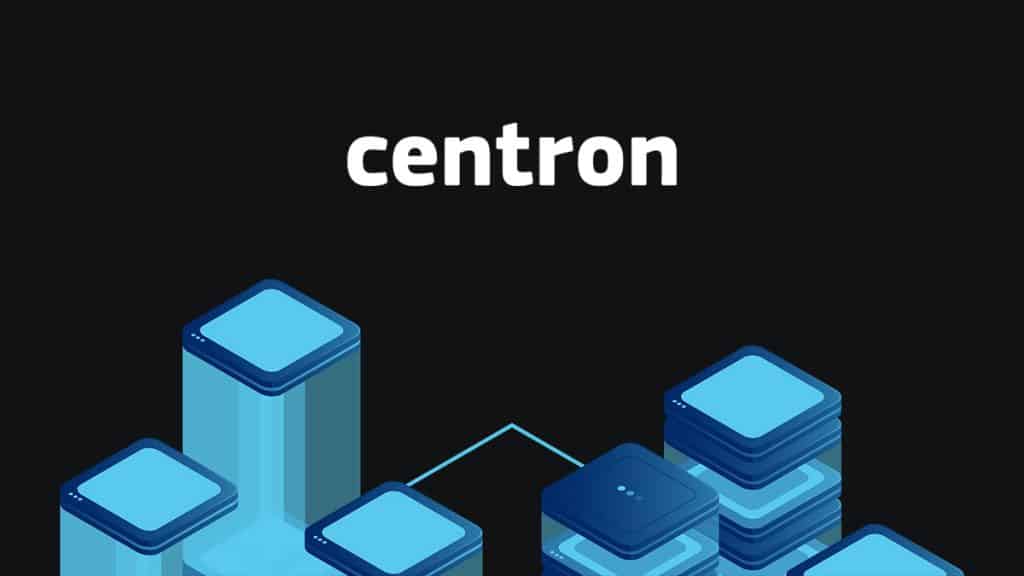WP-CLI Installation and Usage Guide for WordPress Management via Command Line
WP-CLI is a powerful command-line interface specifically built for WordPress site management. Whether you maintain a single website or oversee dozens, WP-CLI provides a fast, scriptable way to handle updates, configurations, and common tasks without accessing the browser-based admin panel. It’s especially useful for developers and system administrators who prefer automation or need to manage sites remotely.
This walkthrough assumes you already have WordPress running on a standard LAMP (Linux, Apache, MySQL, PHP) server.
Step 1: Downloading and Setting Up WP-CLI
To begin managing WordPress with WP-CLI, first download the tool using the following commands:
cd ~
curl -k -L https://raw.github.com/wp-cli/builds/gh-pages/phar/wp-cli.phar > wp-cli.phar
To confirm the tool is functioning correctly, execute:
php wp-cli.phar --info
This should return PHP environment details.
Step 2: Adding Alias to .bashrc File
For easier command access, define an alias by editing the ~/.bashrc configuration file. Append this line to it:
alias wp="php /home/USERNAME/wp-cli.phar"
Apply the changes immediately by running:
source ~/.bashrc
Step 3: Executing WP-CLI Commands
To utilize WP-CLI, switch to the directory where your WordPress site is stored. You can now execute WP-CLI instructions within that directory. For example, use the command below to upgrade your WordPress installation:
wp core update
To discover the complete list of available WP-CLI commands, consult the official WP-CLI documentation online.
Conclusion
WP-CLI significantly enhances the way developers and administrators interact with WordPress installations. By removing the need to navigate through the web-based admin dashboard, it empowers you to automate, script, and streamline routine maintenance and deployments. This not only saves time but also reduces the risk of human error.
Whether you’re applying core updates, installing plugins, or managing databases, WP-CLI can handle it all from the terminal. Once you’re comfortable with the basics, you’ll find endless ways to incorporate WP-CLI into your workflow. Explore the official documentation for advanced usage, or integrate it into scripts to supercharge your WordPress management strategy.


